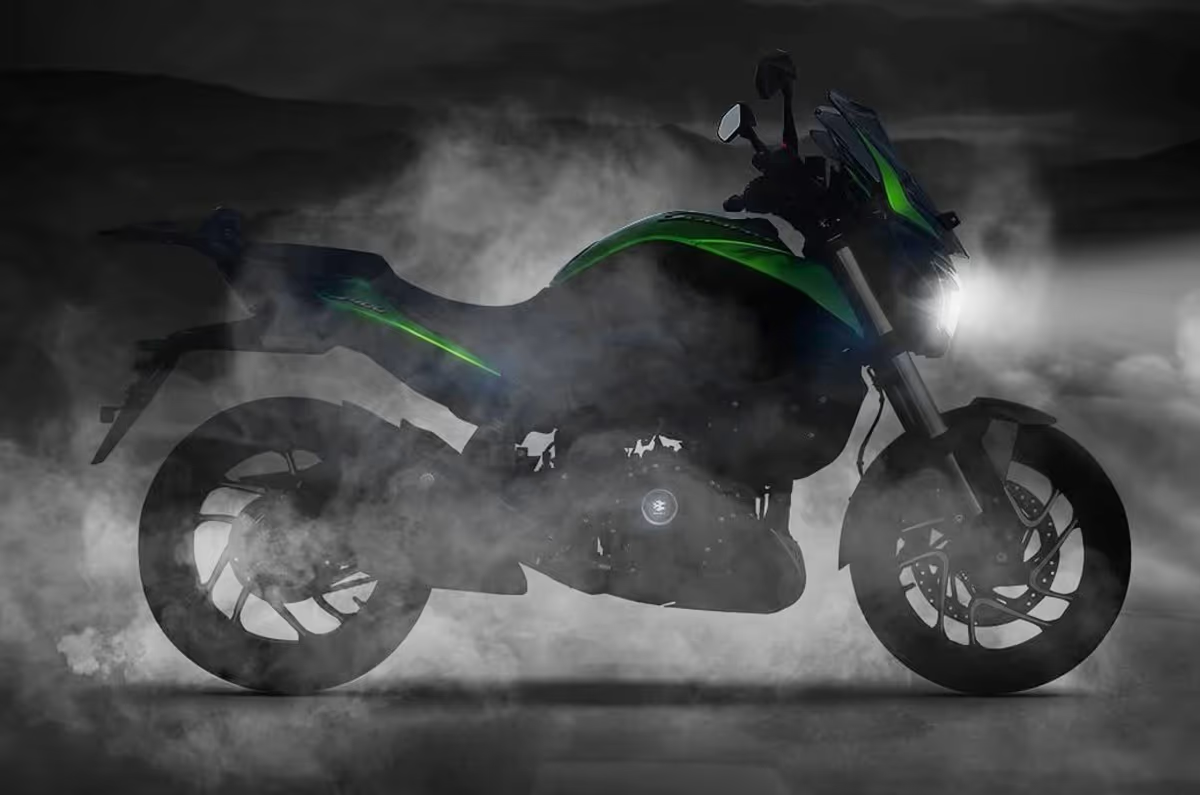Toyota Hilux 2.8L versus Mitsubishi Triton 2.4L – which one of the two pick-up trucks is more fuel efficient?
In the pick-up truck arena, the Mitsubishi Triton and Toyota Hilux are perennial rivals that constantly find themselves butting heads in some sort of comparison. While looks are completely subjective, things like engine capacity, output figures, and 4×4 system – all crucial things – are often compared, but which one of the two is more fuel efficient?
Well, let us first get properly acquainted with the players, and keep in mind that both are range-topping models. The tried, tested and trusted Hilux is powered by a modern 2.8 litre 1GD-FTV turbodiesel engine making 177 PS and 450 Nm, mated to and a six-speed automatic transmission. The Triton, however, packs a smaller 2.4 litre aluminium MIVEC turbodiesel, serving 181 PS and 430 Nm of torque.
Both pick-ups get a six-speed automatic transmission, but it’s worth noting that the Hilux weighs 2,100 kg, which is a full 170 kg more than the Triton (that’s 1,930 kg, for those counting). On paper, the Triton would win by way of physics, but if it rings true out in the real world, what would the margins look like? That’s what we wanted to find out.
To level the playing field, we plotted a fixed driving route of 306 km, starting from the Petronas Solaris Putra station along the KL-Seremban Highway. Variables were controlled – the air-con temperature was set to 20 degrees (it was a mighty hot day) with medium blower speed, and the tyres were filled according to their respective manufacturer’s recommended pressure. Any excess baggage had also been removed.
Then, the pick-ups were refuelled with Petronas Dynamic Diesel Euro 5 with Pro-Drive via the three-click method (wait for the fuel nozzle to automatically stop, repeat three times after 10 second intervals), and the trip meter reset to zero. Yours truly was one of the appointed drivers, with the other being Sherman, our photographer who’s also responsible for producing the beautiful photos you see here.
The modus operandi was simple. On the highways, we cruised anywhere from 70 km/h to 110 km/h depending on traffic flow, and while both cars featured passive cruise control, we relied on our right foot (and several shots of caffeine) for the gentlest of accelerations.


Throughout the drive, both cars travelled in a loose convoy to avoid drafting effects, and we stopped to swap cars at the Seremban R&R and Ayer Keroh R&R. This is to minimise any effects of differing driving styles. The urban driving portion of this fuel test was simulated by driving towards our main stopover in Jonker Street, Melaka. Nothing quenches the thirst like a solid bowl of cendol with gula Melaka, don’t you agree?
On the return leg to Paya Jaras, Selangor, the same methodology was employed. We cruised according to traffic flow, and swapped cars at the Ayer Keroh R&R and Seremban R&R.
At the end of the 306-km drive, the results are as such: the Hilux 2.8L used 21.565 litres of Euro 5 diesel, whereas the Triton 2.4L consumed 19.488 litres of the same fuel. That is 14.19 km per litre for the Hilux, and 15.7 km per litre for the Triton. This test showed that the Triton was approximately 10.65% more efficient, or used 9.63% less fuel than the Hilux.
Consequently, over an ownership period of 100,000 km, the Hilux owner will use 7,047.22 litres of fuel, while the Triton owner will use just 6,369.42 litres of fuel. That’s a difference of 677.80 litres, which means a Triton owner is likely to spend around RM1,477.60 less on fuel, using the ceiling price of diesel of RM2.18 per litre. For Euro 5 diesel users, a Triton owner would save around RM1,545.38 (at RM2.28 per litre) compared to a Hilux owner.
So, having tabulated the results, we can safely surmise that the Triton is the more fuel efficient pick-up truck in this shootout. If you’re planning on buying a pick-up truck for the long haul, you ought to be interested to see what the five-year maintenance cost is like compared to the Toyota Hilux and Ford Ranger.
As a final note, it’s worth bearing in mind that the Triton’s road tax is also cheaper, costing RM793.60 versus the Hilux’s RM1,248.00. Now, with all that said, what do you think of our fuel test?


















GALLERY: 2020 Toyota Hilux Double Cab 2.8L



















GALLERY: 2020 Mitsubishi Triton 2.4L VGT Adventure X



















The post Toyota Hilux 2.8L versus Mitsubishi Triton 2.4L – which one of the two pick-up trucks is more fuel efficient? appeared first on Paul Tan's Automotive News.
from Paul Tan's Automotive News
Read The Rest:paultan...










Post a Comment